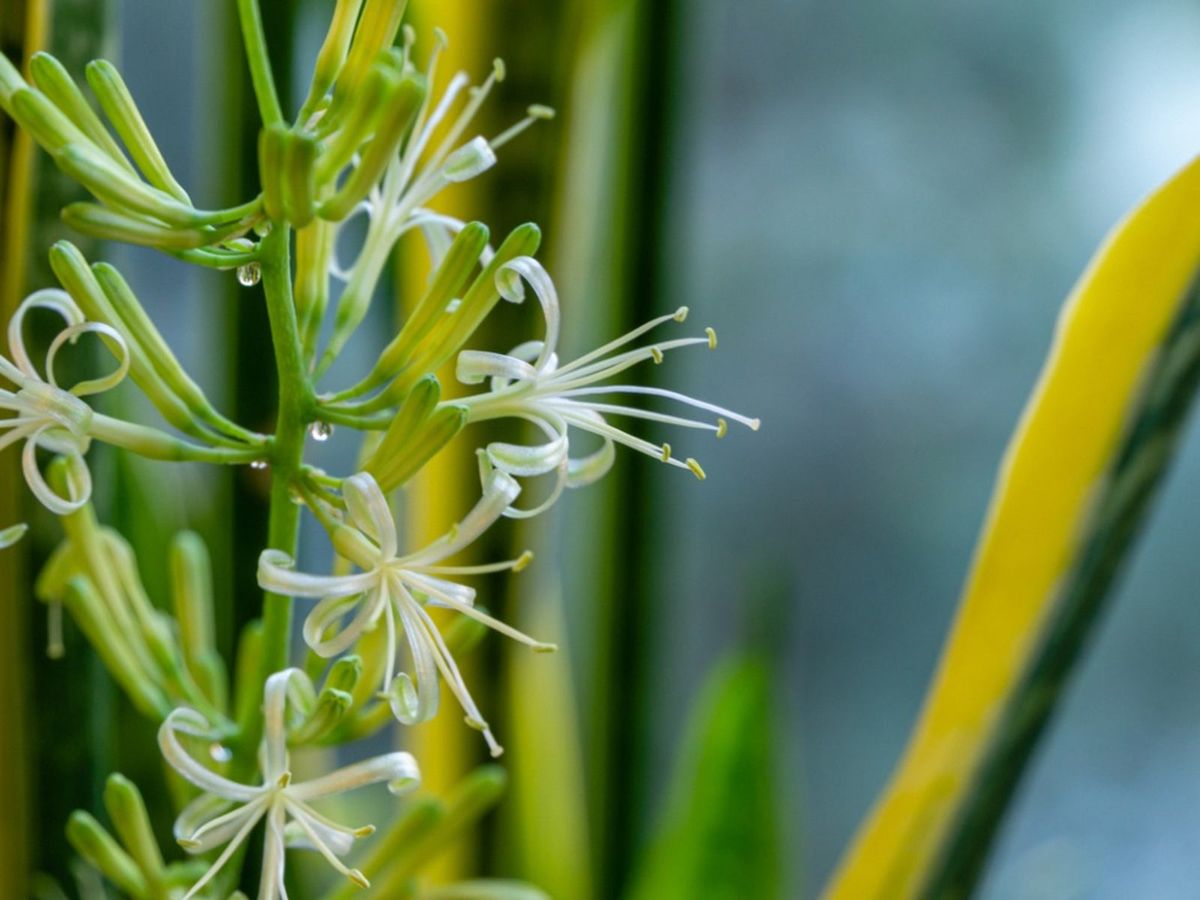Ok - 450' long, 75' wide ark with 18" top windows. What would you plant in the c. 333 window boxes 3 feet long and 2 feet deep (6 sq. feet per box)?
I would start with this edible shade tolerant flower - the common violet - from:

 chestnutherbs.com
chestnutherbs.com
"The leaves and flowers of the common blue violet, along with many other species, are edible and medicinal. The “confederate violet” is an escaped cultivar (cultivated variety) of Viola sororia—it has white flowers with blue streaks and is an inhabitant of lawns in the southeastern United States.
-

I would start with this edible shade tolerant flower - the common violet - from:

Violet's Edible and Medicinal Uses
Violets are welcome “weeds” in my garden. In fact, the common blue violet—my particular brand of violet garden guest—is native to these parts, which is more than I can say for myself.
 chestnutherbs.com
chestnutherbs.com
"The leaves and flowers of the common blue violet, along with many other species, are edible and medicinal. The “confederate violet” is an escaped cultivar (cultivated variety) of Viola sororia—it has white flowers with blue streaks and is an inhabitant of lawns in the southeastern United States.
-







